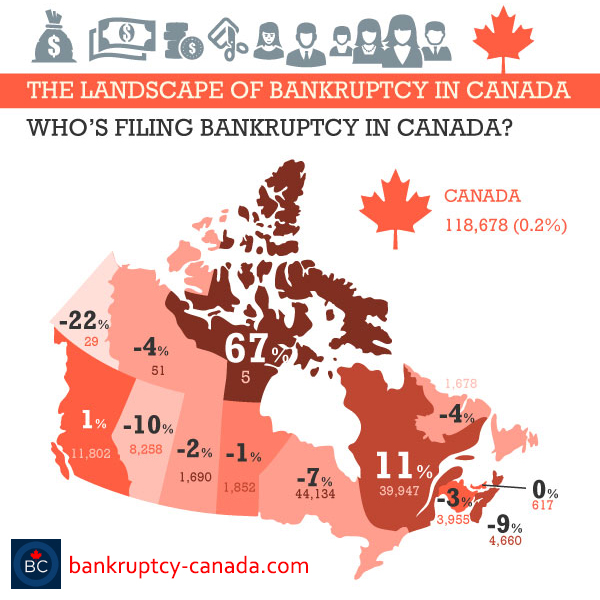Fast-Moving Storms: High Winds And Their Impact

Table of Contents
Understanding Fast-Moving Storms and High Wind Formation
Fast-moving storms and the intense high winds they produce are complex meteorological phenomena. Understanding their formation is crucial for effective preparedness and mitigation.
Meteorological Factors
Several meteorological factors contribute to the formation of powerful high winds. The jet stream, a high-altitude river of fast-flowing air, plays a critical role. Significant pressure gradients, representing rapid changes in atmospheric pressure over short distances, drive strong winds. Wind shear, the change in wind speed or direction over a short distance, can further intensify these winds. Severe thunderstorms, often embedded within larger storm systems, are frequent generators of damaging high winds. Derechos, widespread, long-lived wind storms, are a prime example of the destructive power of these systems.
Types of Fast-Moving Storms
Various types of storms are notorious for producing high winds:
- Derechos: Widespread, long-lived wind storms associated with a band of rapidly moving thunderstorms.
- Downbursts: Strong downdrafts of air that spread out upon reaching the ground, creating damaging outflow winds. Microbursts are smaller, more intense versions of downbursts.
- Strong Cold Fronts: The leading edge of a cold air mass can push forcefully into warmer air, creating a zone of intense wind shear and high winds.
Bullet Points:
- Temperature differences between air masses create instability, fueling the energy for strong wind generation. The greater the temperature difference, the more powerful the resulting winds.
- Rotation and convergence of air masses in a storm system intensify winds through the creation of low-pressure centers, drawing air inwards at high speeds.
- High wind events range in scale from localized microbursts to widespread derechos, impacting areas from a few kilometers to hundreds of kilometers.
The Impact of High Winds
The impact of high winds is far-reaching and devastating, affecting property, human safety, and the environment.
Property Damage
High winds inflict extensive damage on buildings and infrastructure. Common effects include:
- Roof damage: Strong winds can rip off roofing materials, causing significant structural damage and water ingress.
- Tree damage: Trees are uprooted or broken, causing damage to power lines, buildings, and vehicles.
- Power outages: Falling trees and damaged power lines frequently lead to widespread power outages, disrupting essential services.
- Structural failure: Severe winds can cause structural failure in buildings, leading to collapse and significant property loss.
Human Safety
High winds pose serious risks to human life and safety. The dangers include:
- Flying debris: Wind-borne debris such as signs, roofing materials, and broken branches can cause serious injuries or fatalities.
- Falling trees: Falling trees are a major hazard, capable of crushing cars and buildings and injuring or killing people.
- Structural collapse: Building collapses due to high winds are a significant threat, resulting in casualties and significant loss of life.
Environmental Impact
The environmental consequences of high winds are substantial:
- Forest damage: Widespread tree damage can disrupt ecosystems, affecting wildlife habitats and forest regeneration.
- Soil erosion: Strong winds can erode topsoil, leading to land degradation and reduced agricultural productivity.
- Water pollution: Debris carried by high winds can contaminate water sources, impacting water quality and aquatic life.
Bullet Points:
- High winds cause billions of dollars in economic losses annually, impacting insurance, infrastructure repair, and business disruption.
- Disaster preparedness and mitigation strategies are crucial to reducing the impact of high wind events. Early warning systems, building codes, and community planning are vital.
- The Saffir-Simpson Hurricane Wind Scale categorizes hurricane intensity based on sustained wind speed, providing a measure of potential damage.
Preparing for and Protecting Yourself from High Winds
Preparing for high wind events is crucial to minimizing risk and ensuring safety.
Pre-Storm Preparations
Before a high wind event, take these steps:
- Secure loose objects around your property: Bring in outdoor furniture, garbage cans, and anything that could become airborne.
- Develop an emergency plan: Determine a safe place to shelter during the storm and have an evacuation plan ready if necessary.
- Stock emergency supplies: Gather essential items such as water, non-perishable food, flashlights, batteries, and a first-aid kit.
During the Storm
During a high-wind event:
- Stay indoors and away from windows.
- Seek shelter in a sturdy interior room, away from windows and doors.
- Avoid using candles or other open flames due to the risk of fire.
Post-Storm Actions
After a high-wind event:
- Assess the damage to your property carefully, avoiding downed power lines.
- Contact emergency services if needed.
- Seek assistance from local authorities or disaster relief organizations.
Bullet points:
- Essential emergency kit items include water (one gallon per person per day for at least three days), non-perishable food, a battery-powered radio, flashlights, extra batteries, first-aid kit, medications, and important documents.
- Reinforce your home by securing loose objects, trimming trees near your house, and installing storm shutters or impact-resistant windows.
- Resources for disaster preparedness information include the National Weather Service, FEMA, and your local emergency management agency.
Conclusion
High winds associated with fast-moving storms pose significant threats to life, property, and the environment. Understanding the power of high winds and implementing effective strategies is crucial for protecting yourself and your community. The information provided here highlights the formation of these powerful winds, their potential devastation, and the importance of preparedness. Learn more about preparing for severe weather and high wind events in your area. Stay informed about high wind warnings and take appropriate safety precautions. Remember, proactive planning and swift action can significantly reduce the impact of high winds and safeguard your safety and well-being.

Featured Posts
-
 Hypnotic To Atrocious A Critical Ranking Of Eurovision 2025 Finalists
May 20, 2025
Hypnotic To Atrocious A Critical Ranking Of Eurovision 2025 Finalists
May 20, 2025 -
 Is Canada Post Facing Bankruptcy The Case For Ending Door To Door Mail Service
May 20, 2025
Is Canada Post Facing Bankruptcy The Case For Ending Door To Door Mail Service
May 20, 2025 -
 Dusan Tadic In 100 Sueper Lig Maci Unutulmaz Anlar
May 20, 2025
Dusan Tadic In 100 Sueper Lig Maci Unutulmaz Anlar
May 20, 2025 -
 Rtl Group On Track For Streaming Profitability
May 20, 2025
Rtl Group On Track For Streaming Profitability
May 20, 2025 -
 Review Of Travels With Agatha Christie Featuring Sir David Suchet
May 20, 2025
Review Of Travels With Agatha Christie Featuring Sir David Suchet
May 20, 2025
